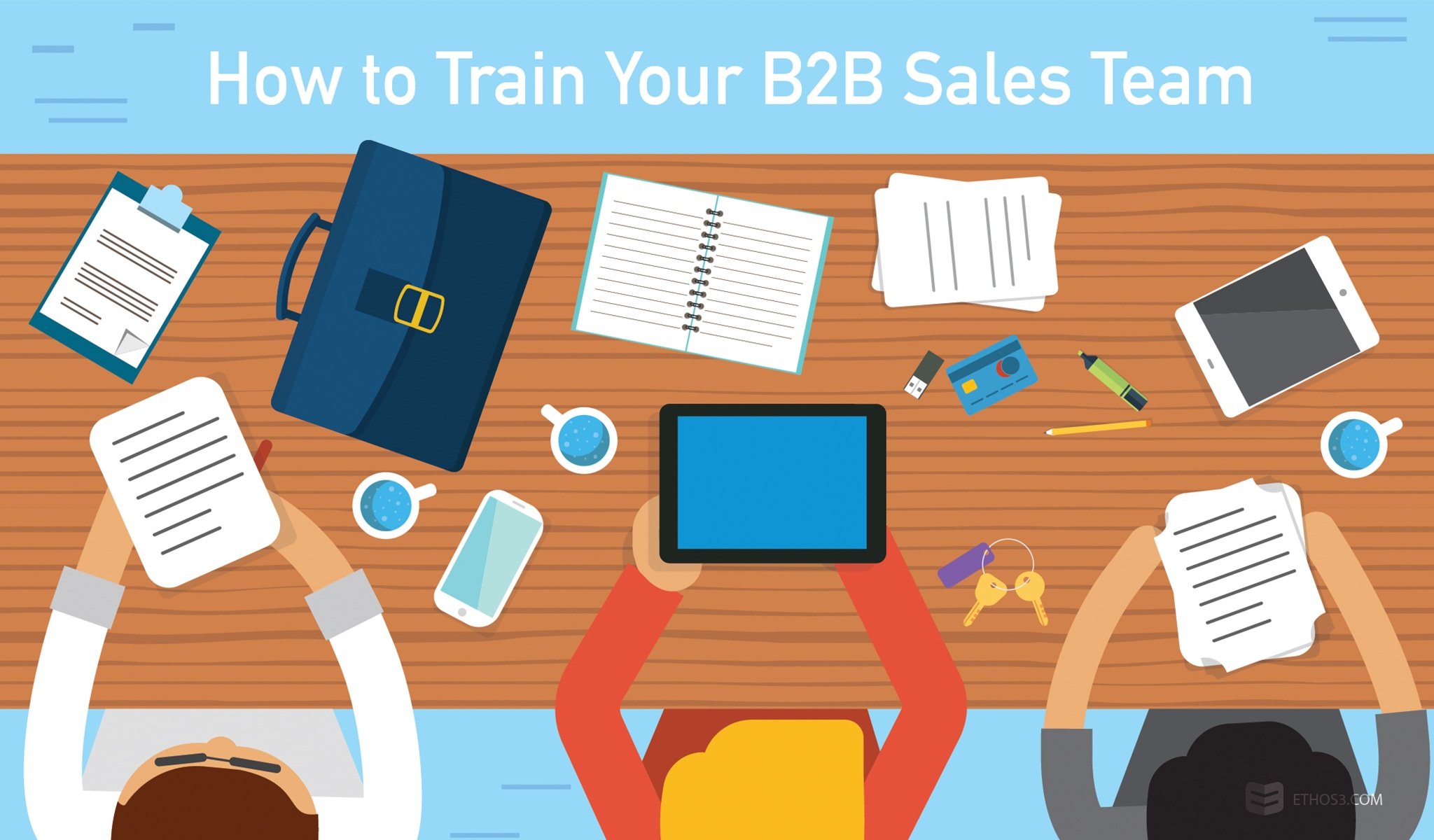A parentless boy is strolling about the small town of Stagira. Under the care of his brother-in-law, Aristotle was transported to Athens when he reached adulthood. In the city of concentrated education and ambitious pursuits, he studied under Plato. Philosophers of all shapes, sizes, and backgrounds ruled the world in which Aristotle grew up. To be anybody of importance there, you simply had to have public speaking chops. It was a necessity to obtain skills to speak with impact. According to Aristotle, creating a following through speeches required “faculty of discovering the possible means of persuasion in reference to any subject whatever.”
In B2B sales, the amount of leads you encounter in a given time span is limited – especially compared to B2C sales. The way your B2B sales team delivers the product or service messaging must be tailored to the specific audience in order to achieve the results you want. Your sales team is Aristotle in ancient Greece. To be anybody in the eyes of the businesses it is pitching to, every team member needs to impact listeners when speaking.

Impactful Public Speaking Skills for B2B Sales
Due to the unique nature of B2B sales presentations, success depends on implementing the right rhetoric for intended audiences in conducive settings. When instructing your B2B sales team in the most effective methods of impactful speaking, cover logical narrative structure, precise data visualization, and strategic content aggregation.
1. Operate from a logical standpoint
Consumers are more likely to crave entertainment and respond positively to emotional appeals. But your business audience needs a defined roadmap detailing the problem they have, the solution you have, and the proof that others appreciate the product or service you are selling. In your B2B sales presentations, avoid jumping around from one idea to another unrelated idea.
Presentation Training Exercise:
Ask your team to practice ending each main section by probing the audience to divulge any questions they may have in the moment. Prepare a list of potential questions that a B2B prospect may ask and role play with team members. Analyze how well each individual responds and give constructive feedback to facilitate positive presenter development.
2. Show real and expected outcomes
Paint a radically clear picture of the ROI your audience will experience by purchasing your product or service. You are attempting to create a long-lasting relationship with this audience. And this audience is one that is typically slow to pull the trigger. It’s not enough to slap a thousand graphs and charts on your slides and cross your fingers. The easier you make it for business leaders and stakeholders to consume your information, the smoother you make their decision-making process. Illustrate important results on your slides through infographic elements and conceptual graphics instead of traditional Excel formats. Those types of visual representations could be utilized in a leave-behind piece.
Presentation Training Exercise:
Share the following resources with your team. Inspire them to change the way they are currently representing data, study results, and consumer feedback.
Presentation Design Principles For Your Investor Pitch Decks
Do I Need to Put My Presentation Material in a Handout?
Iconography Guide For Your Presentation Design
Building a Viral Infographic: The Story Behind “We Live in a Visual World”
3. Keep content diverse, comprehensive, and concise
Since there will be a variety of stakeholders and interested parties in the rooms from one sales presentation to the next, it is best to create different versions of slides for particular points or to design your decks with an internal navigation system. With the first option, you can add and remove slides as necessary depending on the audience of the day – or hour. The second option allows you to operate from one file instead of having to change slides around and then save the new file. An internal navigation system also produces a highly engaging, interactive, and non-linear presentation – giving your sales team the opportunity to easily find information from earlier in the deck if an audience member has a certain question.
Presentation Training Exercise:
Have your B2B sales team experiment with both deck formats. Then, schedule a feedback meeting or send out a survey for them to fill out and discover which format worked best for both the presenter and the audience.
An understanding of the tools at your disposal and of the preferred modes of information consumption among your target audiences will lay the foundation you need to train your sales team to speak with impact, establish strong relationships, and increase revenue. Influential public speaking is as important to your team as it was to that boy from Stagira years ago.
